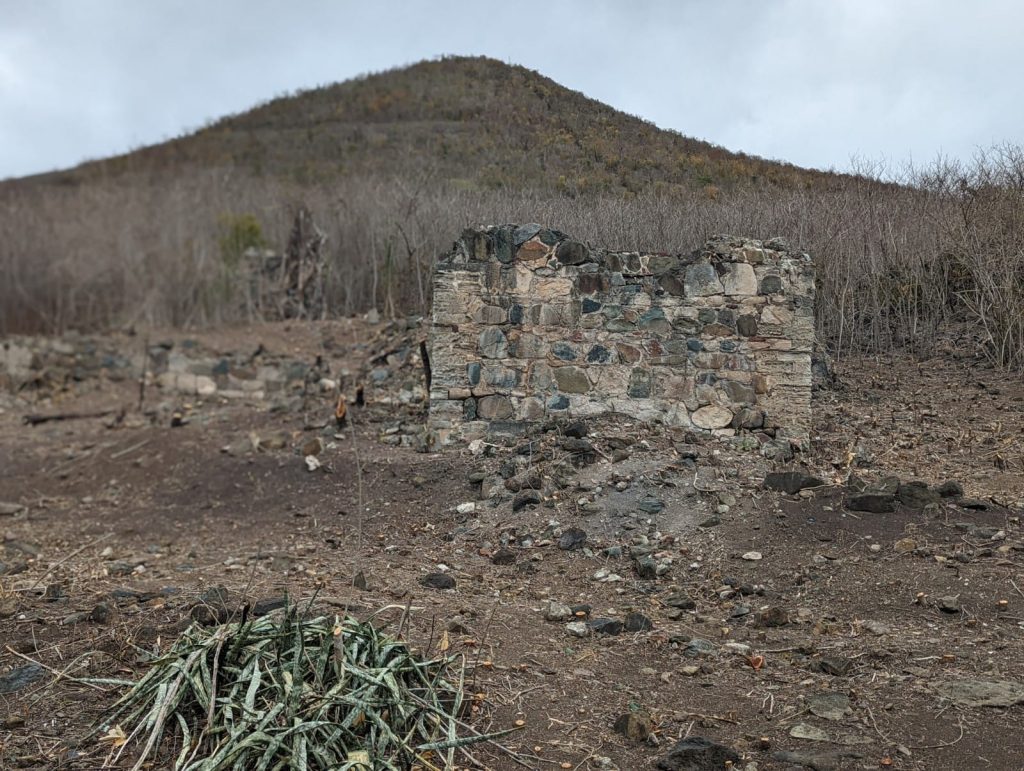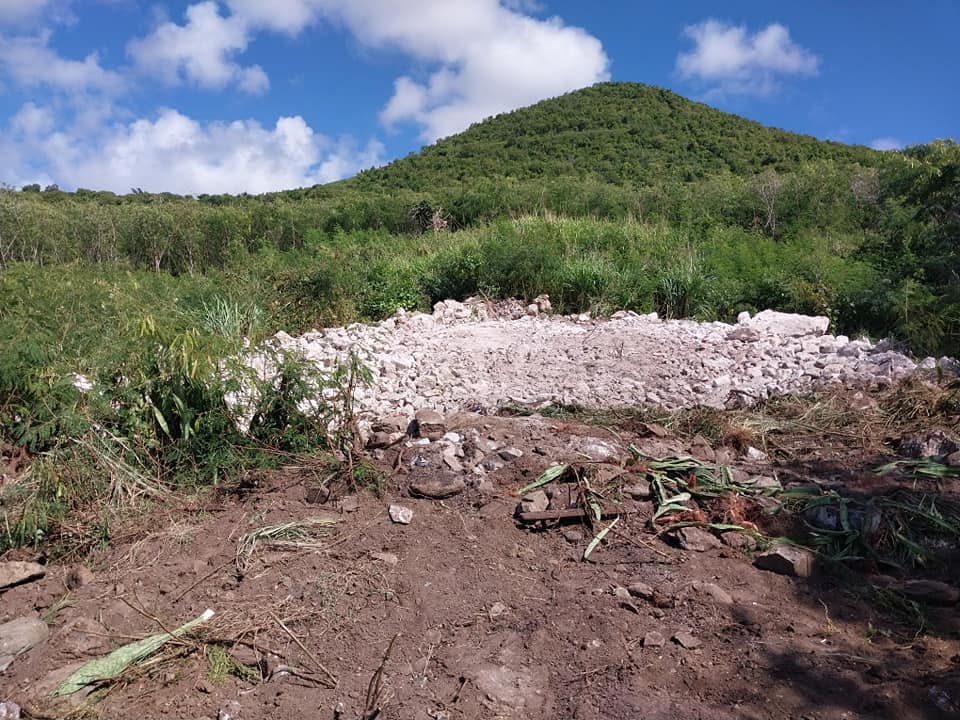Crying over spilt milk

By Hilbert Haar
Als het kalf verdronken is dempt men de put. That Dutch expression aptly describes the belated anger of parliamentarians about the destruction of the historical ruins at Diamond Estate.
I am not contesting the historical value of these ruins: they have been there forever, serving as a silent symbol for the fight against slavery. That St. Maarten would like to protect such symbols for the current and future generations does not need further explanation.
Parliamentarians went out of their way asking how it is possible that somebody destroyed the site under the cover of darkness. Also understandable. But nobody, with the exception of VROMI-Minister Doran, hit upon one crucial point. Diamond Estate was not protected, because, as Doran stated, it was not on the list of protected monuments. The site is also private property.
Some parliamentarians even asked when a property is a monument. Apparently, they did not bother reading the Monuments Ordinance.
This document defines a monument as follows: “A moveable or immovable object that was made at least fifty years ago and that is considered to be of general interest due to its beauty, artistic value, meaning for science, the nation’s history or its value for cultural anthropology.”
The ordinance was established on December 21, 1999, and deals with the execution of the National Monuments Ordinance of 1989, the amendment of the building and housing ordinance of 1935 and the amendment of the St. Maarten Development Planning Ordinance. Its consideration: “In order to preserve historical, cultural and artistic monuments and cityscapes and townscapes it is necessary to set rules and regulations for the execution of the National Monuments Ordinance.”
The ordinance also defines what is a protected monument. It establishes that the Executive Committee (these days: the Council of Ministers) keeps a public register of protected monuments. That register is supposed to be available for inspection by the public at the government administration building.
But how does a monument obtain protected status? According to the ordinance, the criteria have to be established in a general island resolution.
The ordinance was approved by the Island Council on December 21, 1999, and signed by acting secretary Raphael Boasman and acting Lt. Governor Dennis Richardson.
What does all this mean? Well, more than two decades ago, monuments and therefore the country’s cultural heritage, did have the attention of our politicians. But after they approved the ordinance and all the rules and regulations it contains, it became silent.
The ruins at Diamond Estate, now considered as such a crucial part of St. Maarten’s heritage, never made it to the status of monument, let alone to the status of protected monument.
Where does that leave the owner of the property? Entrepreneurs have a tendency to reason: if it is not forbidden, it is allowed. I would think that, culturally significant or not, if a site is not designated as a monument, I am entitled to do with it what I want. Which is of course exactly what happened with the ruins at Diamond Estate.
Crying over spilt milk is useless, and I understand that politicians are now almost eagerly paying lip service to the this-must-never-happen-again bandwagon.
Okay then. Mind if I ask a simple question? Rather than moaning and complaining, what is anybody going to do about this?

###
Related articles:
IAM practical proposal to inventorize monuments on St. Maarten
Many questions but no answers about destruction of Diamond Estate-ruins
St. Maarten is in ruins
‘Soualiga isn’t who she used to be’























